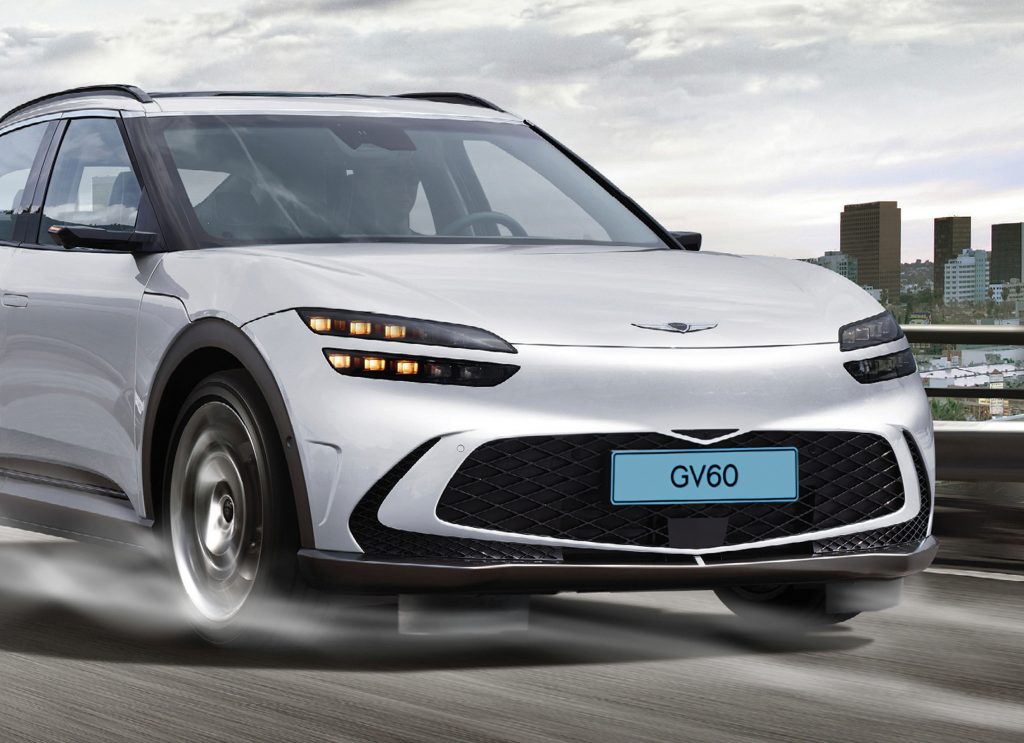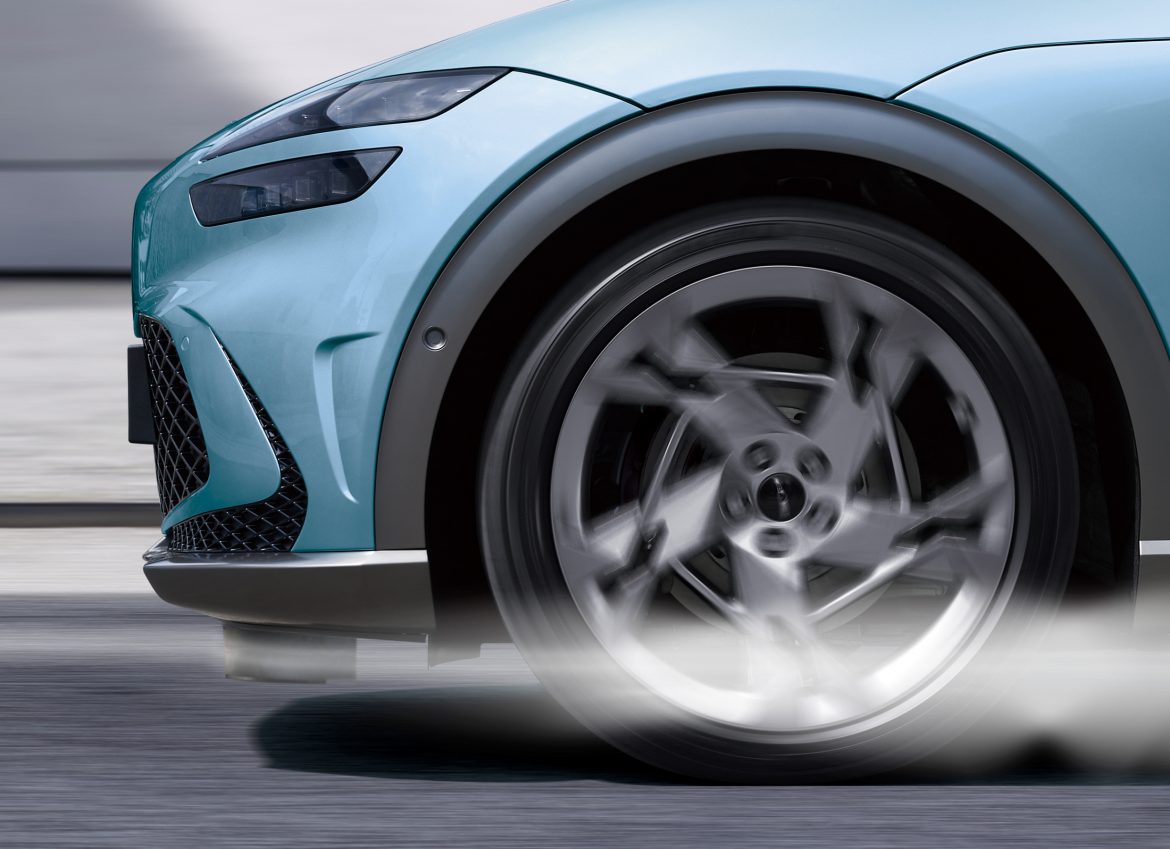South Korean automaker Hyundai Motor and its affiliate Kia have unveiled the ‘Active Air Skirt’ (AAS) technology to improve the range and stability of electric vehicles by minimising the aerodynamic resistance generated during high-speed driving. The aerodynamic performance of vehicles impacts power performance, driving stability, and wind noise, thus leading manufacturers to explore ways to reduce the coefficient of drag (Cd) of vehicles. It becomes even more important in the EV era, when customers are looking for a longer driving range.
AAS operates at speeds above 80 km/h
The AAS technology controls the flow of air entering through the lower part of the bumper and effectively controls the turbulence generated around the vehicle wheels by operating variably according to the vehicle speed. It is installed between the front bumper and the front wheels and is hidden during normal operation of vehicles. It operates at speeds over 80 km/h when the aerodynamic resistance becomes greater than the rolling resistance. It is stored again at 70 km/h to prevent frequent operation in specific speed ranges.
Placement of AAS
The AAS only covers the front part of the tyres because Hyundai’s E-GMP platform for EVs has a flat floor. The technology also functions to enhance the downforce of the vehicle, thereby improving vehicle traction and high-speed stability. “This technology is expected to have a greater effect on models such as SUVs where it is difficult to improve aerodynamic performance,” said Sun Hyung Cho, Vice President and Head of the Mobility Body Development Group at Hyundai Motor Group.
AAS tested on Genesis GV60

This technology can also operate at speeds over 200 km/h thanks to the application of rubber material on the lower part, which reduces the risk of external objects splashing and damaging while driving at high speeds. Hyundai and Kia tested the AAS on Genesis GV60, and found that the drag coefficient (Cd) was reduced by 0.008, improving drag by 2.8% and adding a range of about 6 km.
The companies have applied for related patents in South Korea and the United States, and plan to consider mass production after durability and performance tests. Meanwhile, they’re also applying various other technologies such as rear spoilers, active air flaps, wheel air curtains, wheel gap reducers, and separation traps to vehicles to secure competitive drag coefficients. One successful example is the Ioniq 6 with a Cd of 0.21.



